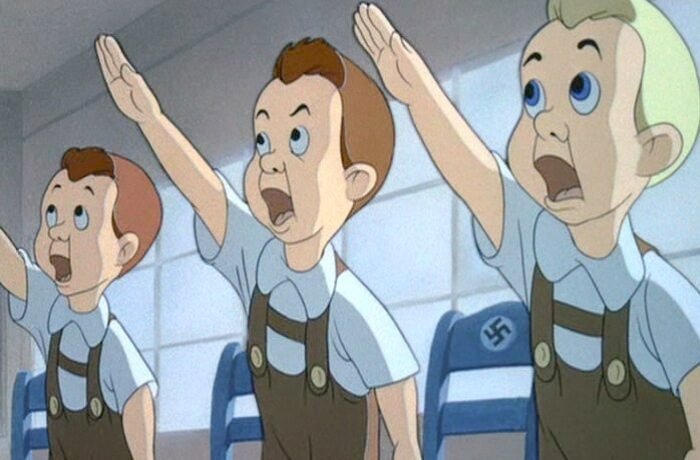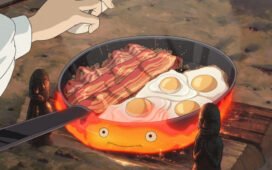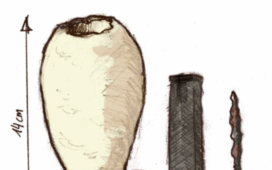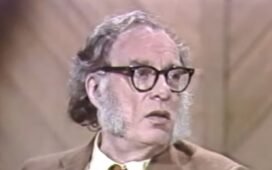https://www.youtube.com/watch?v=playlist
Today, the Walt Disney Company seems like one of those entities that’s “too big to fail” — but during the Second World War, fail it nearly did. Like the big-thinking entertainer-businessman he was, Walt Disney himself had been re-investing the company’s profits into ever more ambitious animated films. This practice took an unfortunate turn with Fantasia, which may now be regarded as a classic even by those of us without interest in Disney movies, but which didn’t bring in the expected box-office take when it was initially released in 1940. It followed the also-underperforming Pinocchio, which couldn’t reach audiences in war-torn Europe. The following year, Disney found itself at the edge of bankruptcy.
Then came the Japanese attack on Pearl Harbor, which resulted in the U.S. Army’s eight-month-long occupation of Walt Disney Studios. The idea was to protect a nearby Lockheed plant, but Disney, who’d already made inquiries about producing war films, used an opportunity to make a deal that saved his company.
Walt Disney Studios was contracted to make not just a variety of training films for military use, but also a series of war-themed cartoons for public exhibition. This was “total war,” after all, which required the mobilization of the public at home, and the mobilization of the public at home required domestic propaganda. Who better to stoke American desire for victory over the Axis than Disney’s biggest animated star at the time, Donald Duck?
In the most acclaimed of these cartoons, the Academy Award-winning Der Fuehrer’s Face from 1943, Donald Duck is employed at a munitions factory in Nutziland, some kind of Axis superstate ruled over by Hirohito, Mussolini, and especially Hitler. It’s something else to hear the phrase “Heil Hitler!” in Donald Duck’s voice, and throughout his day of humiliations and privations in Nutziland, he has to say it quite a lot. Just when all of this has put him in a tailspin toward madness, he wakes up in his bedroom back in the United States of America, stars-and-stripes curtains, miniature Statue of Liberty, and all. For Donald, the nightmare is over — but in real life, Allied victory remained far from a sure thing.
You can watch Der Fuehrer’s Face and seven other Disney-produced World War II propaganda cartoons (along with the Looney Tunes short The Ducktators, from Warner Bros.) in the playlist above. To be sure, some of them contain elements considered crude and even offensive here in the twenty-first century. But like all propaganda, they’re all of great historical value, in the realm of both political history and the history of animation. Consider how they found their way into Europe and Russia, finding audiences there even as the war raged on; consider, too, how well-loved Donald Duck and his compatriots have been by generations of German, Italian, and Japanese children. After this total war, no one enjoyed more total a victory than Disney.
Related content:
Neuroscience and Propaganda Come Together in Disney’s World War II Film Reason and Emotion
Before Creating the Moomins, Tove Jansson Drew Satirical Art Mocking Hitler & Stalin
Private Snafu: The World War II Propaganda Cartoons Created by Dr. Seuss, Frank Capra & Mel
“Evil Mickey Mouse” Invades Japan in a 1934 Japanese Anime Propaganda Film
“The Ducktators”: Loony Tunes Turns Animation into Wartime Propaganda (1942)
Based in Seoul, Colin Marshall writes and broadcasts on cities, language, and culture. His projects include the Substack newsletter Books on Cities and the book The Stateless City: a Walk through 21st-Century Los Angeles. Follow him on the social network formerly known as Twitter at @colinmarshall.















